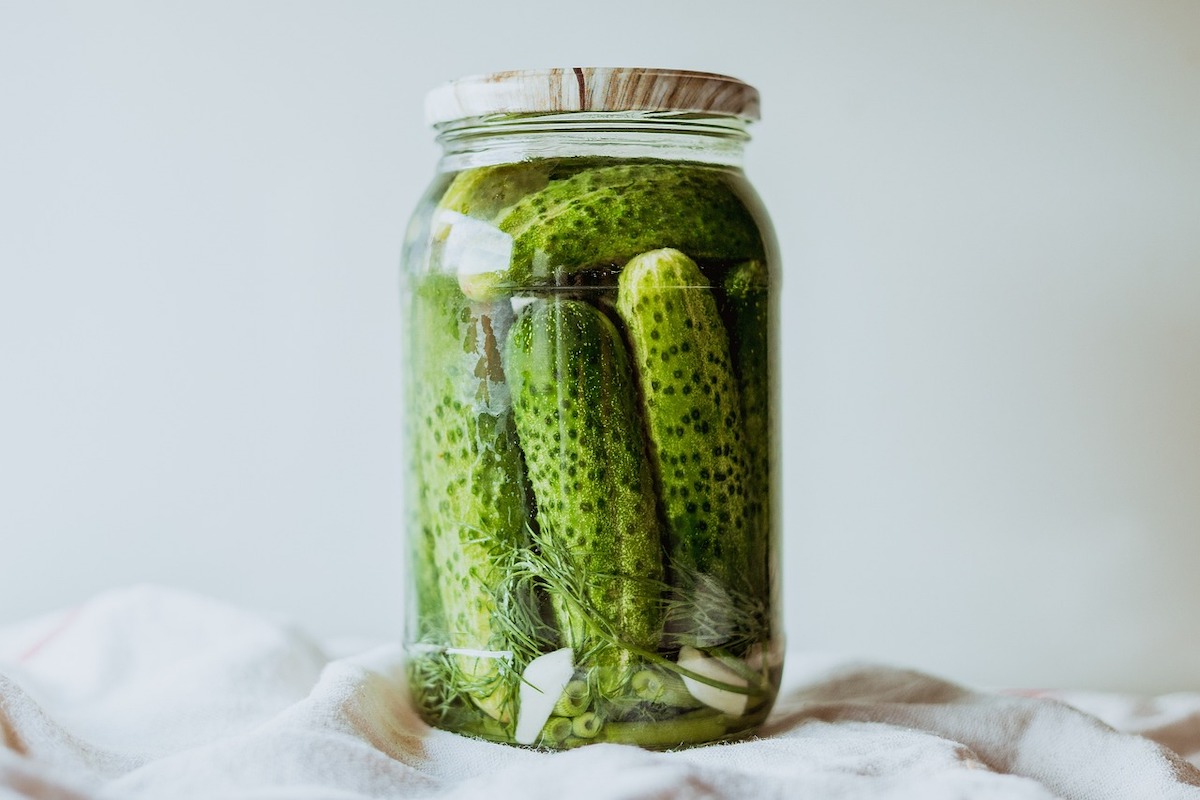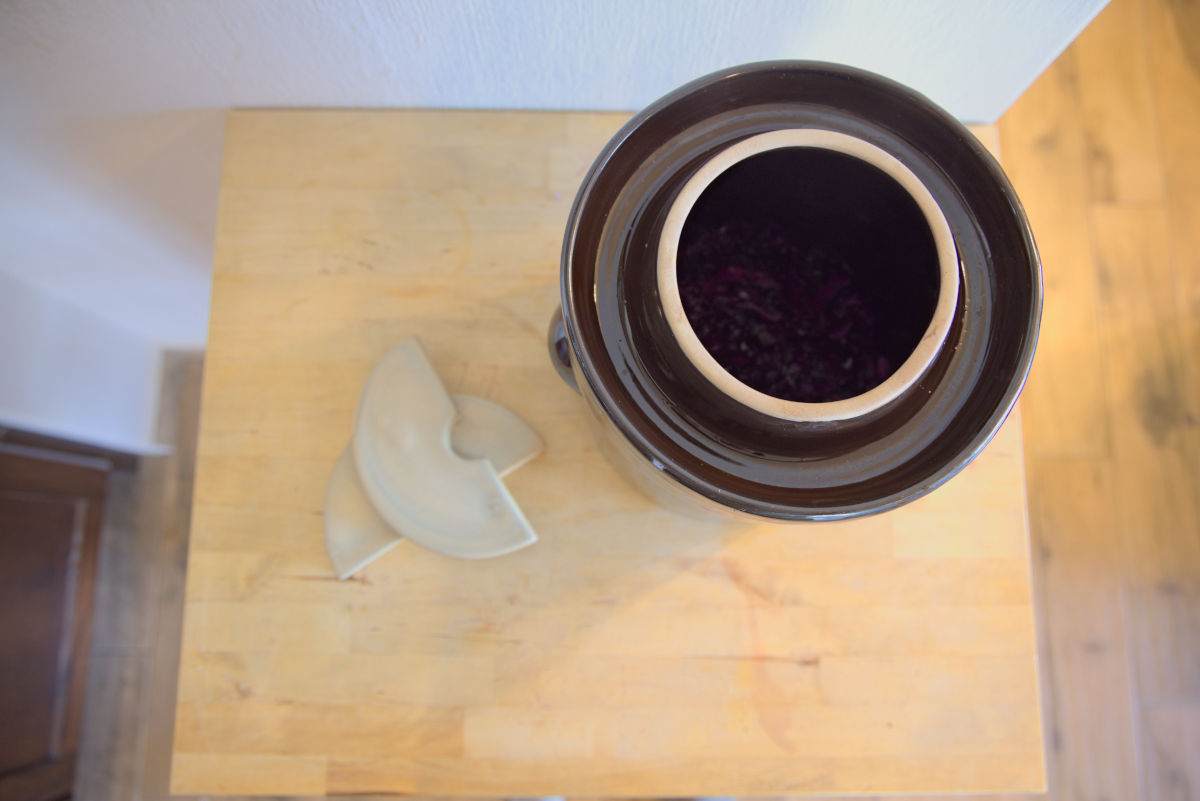If you enjoy bread, beer, wine, cheese, yogurt, sauerkraut, kimchi, or kombucha (or you’re like me and are guilty of all of the above), then you consume fermented goods. But, what is fermentation? Fermentation is a complex process that is ancient in origin and yet still ever present in our health-conscious day and age. It was originally used to preserve perishable agricultural produce, but it has evolved as a tool to boost the nutritional value of what we consume.

What is Fermentation?
When refrigeration and the use of preservatives became more common methods of preservation, the need for fermentation as a means of preservation decreased. But, modern fermenting has grown to be driven by empirical science as a means of improving health.
The Science Behind Fermentation
Fermentation in food and beverages involves the introduction and/or growth of microbes in an anaerobic environment. These microbes such as yeast and bacteria break down carbohydrates (sugar or starch) and convert them into carbon dioxide, alcohol, or acid. This results in a transformation (what we recognize as a pungent, tangy flavor) and stabilization of the food or drink.
If you’ve ever fermented, I’m sure you’re aware of the importance of restricting the access of oxygen into the fermenting container. This is what’s helping create the anaerobic environment for the science to take place. You’re forcing the microbes to find oxygen through other means.
Fermentation works as a preservative by inhibiting pathogenic bacterial growth and aiding in toxin degradation.

Types of Fermentation
The two main types of fermentation are ethyl alcohol fermentation and lactic acid fermentation. In both processes, organisms are breaking down carbohydrates to pull out oxygen for themselves. Their waste is our reward……the lactic acid, ethyl alcohol, and CO2 that lend to the bold flavors we love.
Lactic acid fermentation is at work in fermented foods like sauerkraut, kimchi, yogurt, tofu, miso, and fermented hot sauce. In this fermentation, the lactobacillus bacteria present all around us are at work consuming carbohydrates and producing lactic acid. When salt is involved, it is working to kill the bacteria that cause food spoilage.

In ethyl alcohol fermentation, yeast organisms consume carbohydrates and produce ethyl alcohol (lending to the punchy flavor in beer, wine, and spirits) and CO2 gas, which is what makes bread rise.
In sourdough bread, both types of fermentation are at work. Ethyl alcohol fermentation is what gives the bread its rise and lactic acid fermentation is what gives it its tang.
Acetic acid fermentation is a type of ethyl alcohol fermentation. It is at work in the final stages of my apple cider vinegar recipe! In the process, acetic acid bacteria are oxidizing alcohol and sugar. This results in vinegar.
Health Benefits

Fermentation works to enrich the protein, amino acids, essential fatty acids, and vitamins in our food and beverages. In products like yogurt and sauerkraut containing live cultures, the beneficial bacteria growth known as probiotics help to replenish the beneficial bacteria in our intestines. In a world taken over by processed, pasteurized, and sanitized products, fermentation can be a lifesaver.
In the past couple of decades in particular, research has been at a high regarding the nutritional benefits of consuming fermented products. The most researched benefits include documented improvement in gut health, reduction of inflammation in the body, and antioxidant properties.
Digestion
The byproducts of ferments work to break down micro and macronutrients. Fermentation acts as a digestive aid to help restore balance and ease in your digestive tract.
Gut flora
The intake of the healthy microbes produced during fermentation creates a supportive ecosystem of microbiota within your GI system.
Immune system
The beneficial bacteria introduced mainly into your large intestine help fight off bad bacteria. This can aid in protecting against illness and building a stronger immune system.
Nutrient absorption
Fermentation helps break down antinutrients which are compounds that can interfere with nutrient absorption. It assists in the transformation of the nutrients in your food or beverage into their most bioavailable form.
Conclusion
Do yourself a favor and get to fermenting! Your body will thank you. And if you can’t make it, there are plenty of avenues for purchase and hopefully some local to you!
Fermented Recipes
Ready to put fermentation into action? These recipes are excellent for fermenters of all levels.
Resources
Terefe, Netsanet Shiferaw. “Food Fermentation.” Food Fermentation – an Overview | ScienceDirect Topics, 2016, www.sciencedirect.com/topics/food-science/food-fermentation.
Schilling, Wes, and Yan Campbell. “Fermented Foods Processing: Flavor, Preservation, and Health.” IFT.Org, 1 Aug. 2021, www.ift.org/news-and-publications/food-technology-magazine/issues/2021/august/columns/processing-fermented-foods.
Alfaro, Danilo. “The 3 Types of Fermentation.” The Spruce Eats, 13 Dec. 2022, www.thespruceeats.com/what-is-fermentation-5220493.
Borresen EC, Henderson AJ, Kumar A, Weir TL, Ryan EP. Fermented foods: patented approaches and formulations for nutritional supplementation and health promotion. Recent Pat Food Nutr Agric. 2012 Aug;4(2):134-40. doi: 10.2174/2212798411204020134. PMID: 22702745; PMCID: PMC5175401.
Thomas, Celeste. “Fermenting Is the Easiest, Cheapest Way to Heal Your Gut Daily. Here’s the Beginner’s Guide.” Mindbodygreen, 29 Sept. 2020, www.mindbodygreen.com/articles/how-to-ferment-food-at-home.
Coyle, Daisy. “Food Fermentation: Benefits, Safety, Food List, and More.” Healthline, 20 Aug. 2020, www.healthline.com/nutrition/fermentation.


Leave a Reply